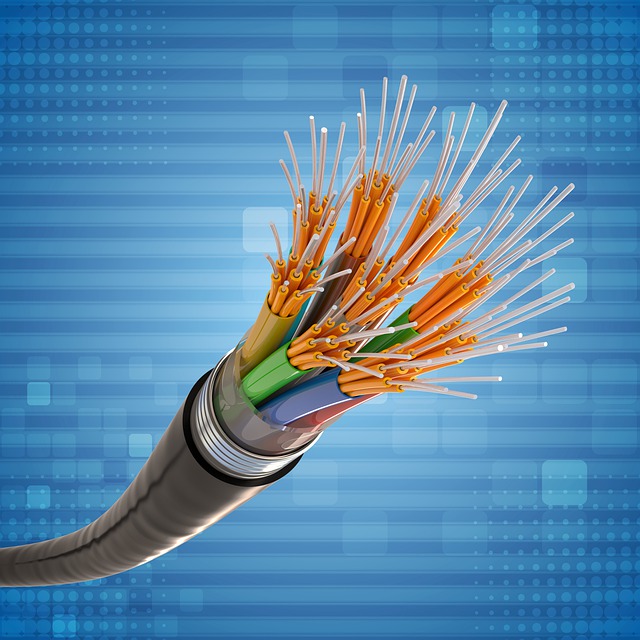In the fast-paced world of culinary arts and home cooking, the humble blender has undergone a remarkable evolution, transforming from a simple gadget for making milkshakes and smoothies into a versatile and indispensable tool in the modern kitchen. Today, innovations in blender technology are not just reshaping how we prepare our favorite drinks and dishes, but they're also broadening the horizons of what's possible in culinary creation. From the ease of whipping up a creamy soup to concocting a perfectly smooth smoothie, the modern blender is at the heart of a culinary revolution. In this article, we delve into the fascinating world of blenders, exploring the latest innovations that are setting the stage for the future, the vast array of applications that demonstrate the blender's versatility, and a comprehensive buyer's guide to help you select the right blender that meets your kitchen needs. Whether you're a professional chef seeking to elevate your culinary creations or a home cook aiming to enhance your meal prep experience, understanding the potential of this dynamic kitchen tool can revolutionize your cooking approach. Welcome to a journey through the blending into the future, where we uncover the wonders of blender technology, its multi-faceted uses, and how to choose the perfect model for your culinary adventures.
- 1. "Blending into the Future: Innovations in Blender Technology"
- 2. "From Smoothies to Soups: The Versatile World of Blender Applications"
- 3. "A Buyer's Guide: Selecting the Right Blender for Your Kitchen Needs"
1. "Blending into the Future: Innovations in Blender Technology"
In the modern kitchen, a blender is not just a tool for making smoothies or soup; it has become a multifunctional appliance capable of tackling a variety of culinary tasks. As we move further into the future, innovations in blender technology are transforming this humble appliance into a cornerstone of culinary creativity and efficiency.
The advent of smart technology integration stands at the forefront of these innovations. Today's high-end blenders are incorporating smart features that allow users to control their appliances via smartphones or voice commands through popular virtual assistants. This level of connectivity can streamline the cooking process, enabling users to adjust settings remotely, access a database of recipes directly from their device, and even receive maintenance notifications, ensuring their blender operates at peak efficiency.
Another remarkable advancement is the implementation of more robust and efficient motors. These new-generation motors are designed to blend the toughest ingredients, from fibrous vegetables to frozen fruits, without breaking a sweat. Additionally, they're engineered to be more energy-efficient, reducing the environmental footprint of each meal prepared. The combination of power and sustainability is key to meeting the demands of conscious consumers.
Blender technology is also becoming more sophisticated with the
2. "From Smoothies to Soups: The Versatile World of Blender Applications"
Blenders have long been a staple in kitchens worldwide, celebrated for their ability to transform a variety of ingredients into smooth, cohesive mixtures. The versatility of blenders goes far beyond the making of morning smoothies; these powerful appliances are adept at performing a myriad of culinary tasks, from creating hearty soups to crafting indulgent desserts.
Starting with the beloved smoothies, blenders effortlessly combine fruits, vegetables, nuts, seeds, and liquids into nutritious concoctions that have become synonymous with healthy lifestyles. The ability to finely pulverize leafy greens and fibrous ingredients means that essential vitamins and minerals are easily incorporated into daily diets, all within the comfort of one's kitchen.
However, the utility of blenders extends into the realm of hot dishes as well. Many models are equipped with features that allow the preparation of soups and sauces directly within the blender jar. Ingredients can be blended to a silky-smooth texture, ideal for creamy soups or velvety sauces. Certain high-powered blenders even generate enough heat through friction to cook the soup as it blends, streamlining the soup-making process and reducing the need for additional pots and pans.
Moreover, blenders excel in the creation
3. "A Buyer's Guide: Selecting the Right Blender for Your Kitchen Needs"
Selecting the right blender for your kitchen is a matter of understanding both your culinary needs and the features that different blenders offer. Whether you're whizzing up morning smoothies, crafting homemade soups, or experimenting with nut butters, there's a blender designed to meet your specific requirements. Here's a guide to help you make an informed decision:
**Understanding Blender Types**: First, know the types of blenders available. Traditional countertop blenders are versatile, often with multiple speed settings for different tasks. Immersion (or hand) blenders are handheld devices ideal for blending soups or sauces directly in the pot. High-performance blenders boast powerful motors that can handle tough tasks like crushing ice or grinding grains. Personal blenders are compact and designed for single servings, perfect for those on-the-go smoothies.
**Motor Power**: Power, measured in watts, indicates the blender's ability to handle tough ingredients. For basic blending tasks like smoothies or milkshakes, a blender with 500 to 700 watts should suffice. However, for more demanding tasks like ice crushing or making nut butters, look for models with at least 1000 watts.
**
Source: https://80.lv/articles/an-artist-presents-a-new-way-to-texture-models-in-blender/






























+ There are no comments
Add yours